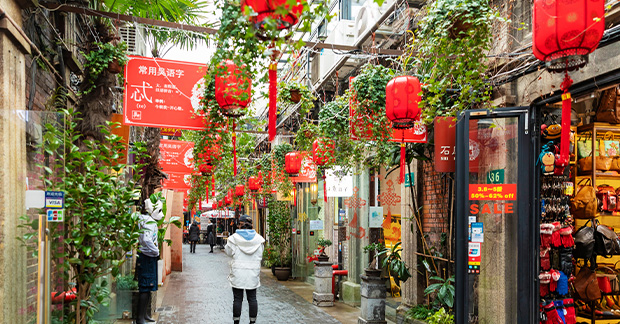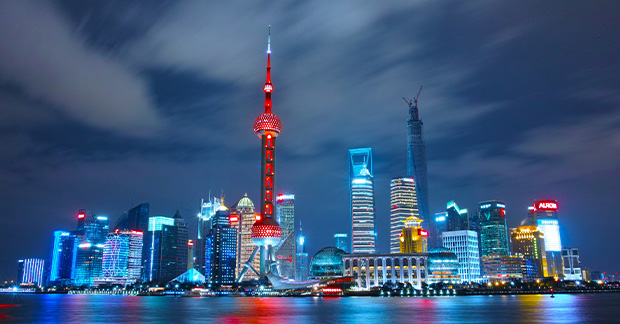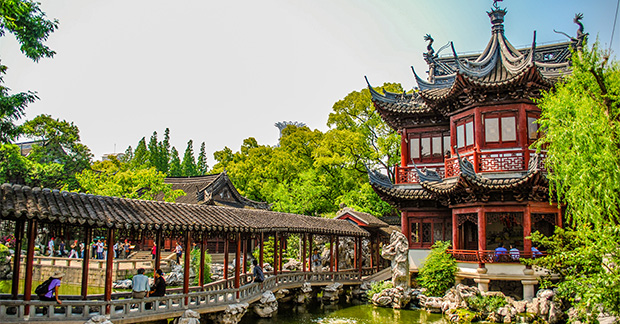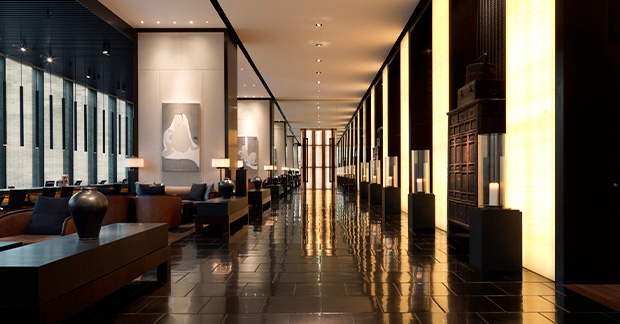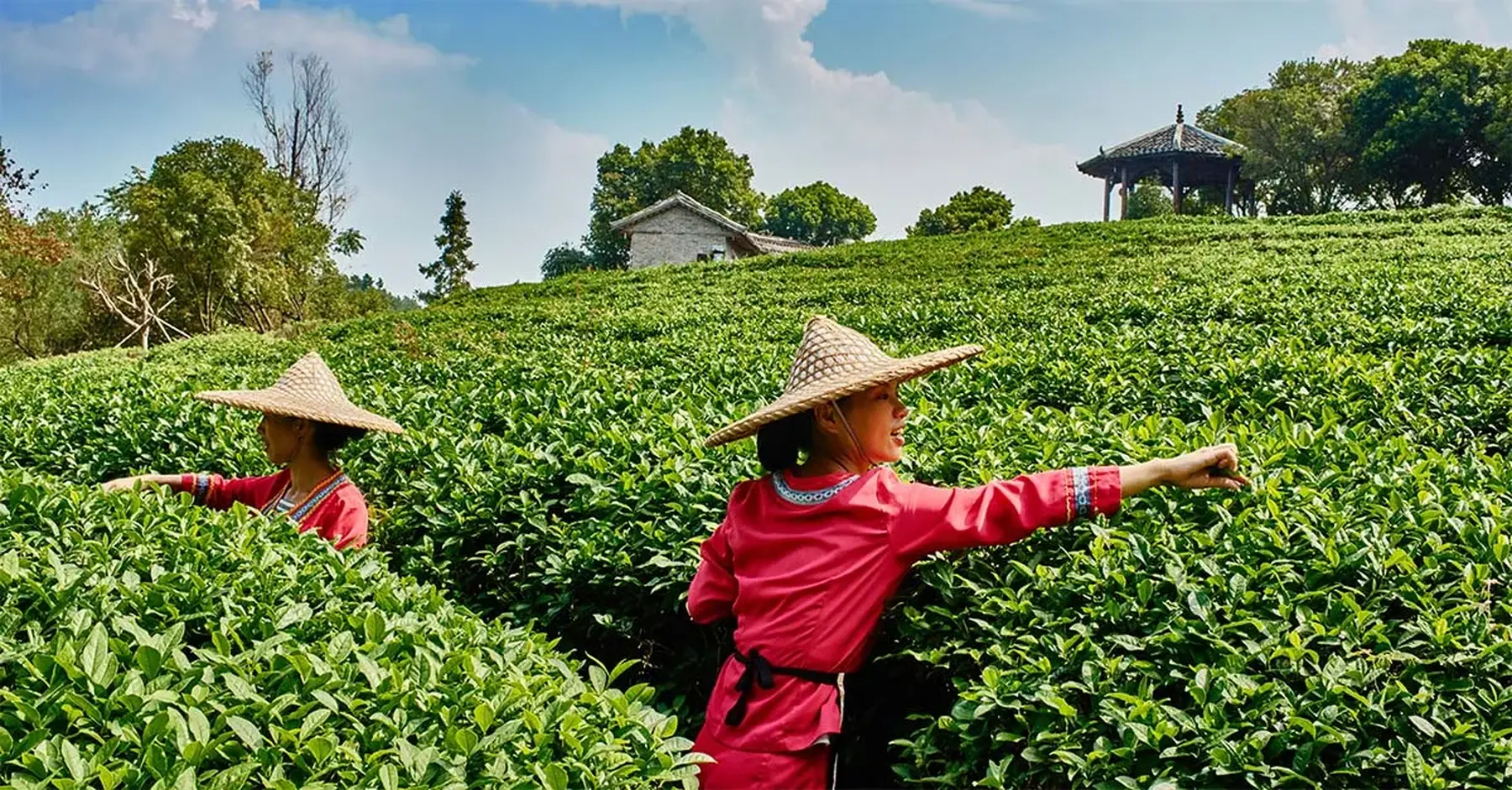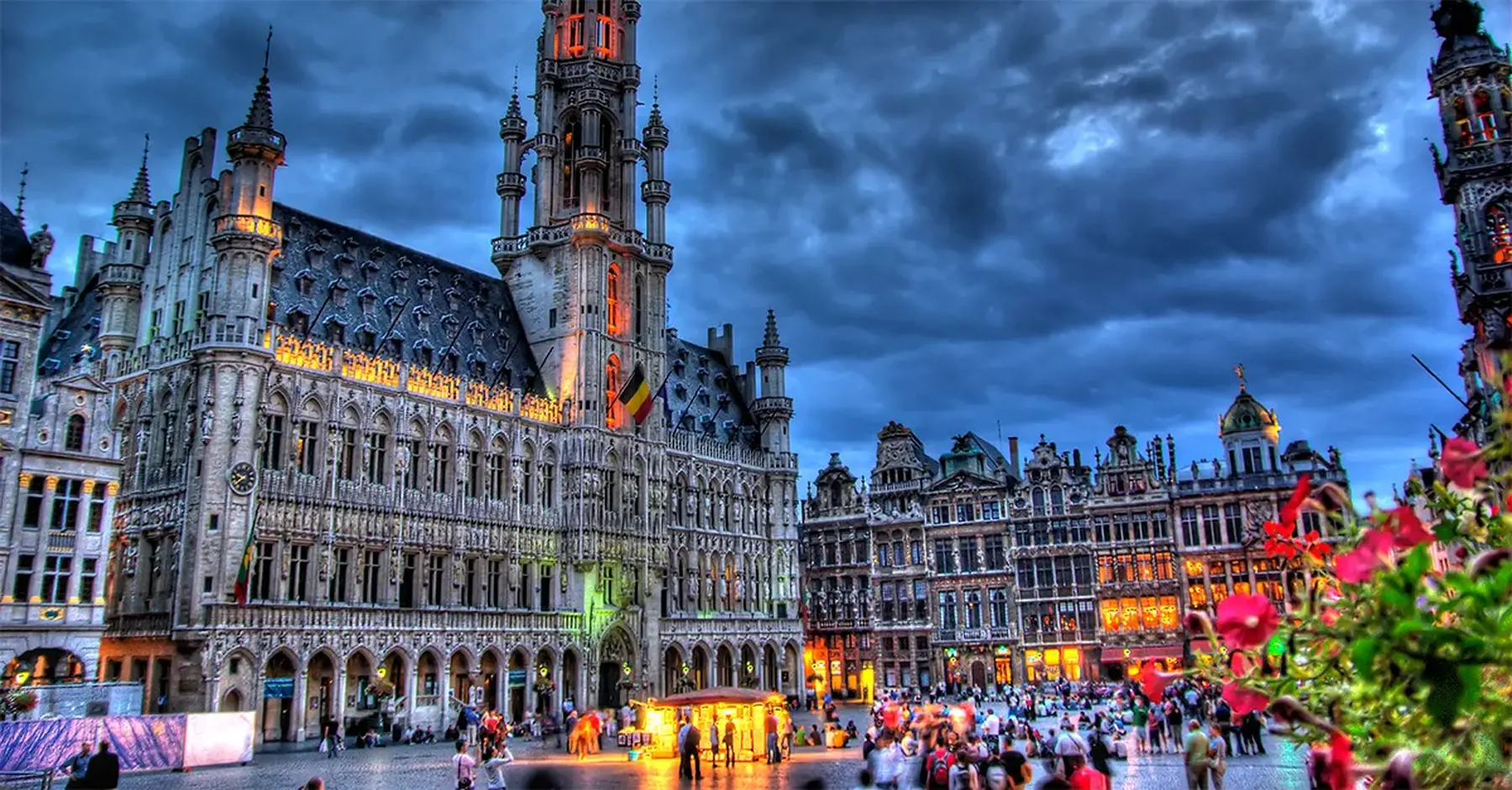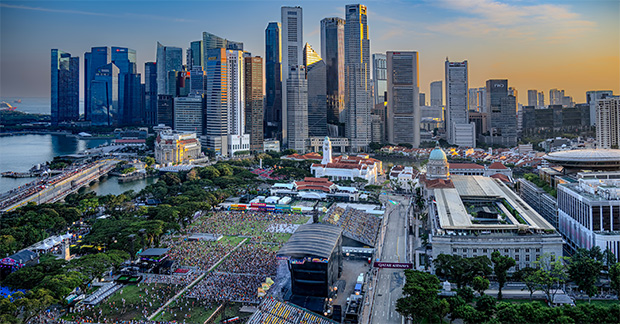You are viewing 1 of your 2 free articles
Get under the skin of Shanghai as China scraps Covid testing for visitors
China has finally scrapped Covid testing for visitors. Laura Millar gets reacquainted with the country’s biggest city
Click here to download and save as a PDF
It’s Wednesday afternoon on Shanghai’s Nanjing Road and the city’s shoppers are out in force. Cartoon-like displays adorn the windows of Louis Vuitton, while the gold-striped frontage of Prada juts out into the street and Gucci’s mirrored facade reflects hurrying crowds of locals. Still missing, however, are the faces of foreign visitors in any significant number. China closed its borders to foreign travellers until March 2023 because of the Covid-19 pandemic, and finally removed the requirement for pre-departure testing on August 30.
Visitor numbers are starting to creep up, encouraged by the return of direct flights. Virgin Atlantic resumed its direct flight from Heathrow in May. The company’s chief commercial officer, Juha Jarvinen, says: “There has been so much pent-up demand for this route since we had to stop flying it on February 1, 2020. It’s an attractive city for British visitors, with a lot of history, a great restaurant scene and beautiful areas such as the French Concession.”
Fortified by a Cantonese-style lunch of stir-fried lobster at stylish Sense 8, I explore the French Concession on the first afternoon of my visit – before the testing policy is relaxed. I hop into a vintage Jeep with Thomas, a French expat and founder of Shanghai Insiders tours. “During the pandemic our business had to close,” he tells me as we navigate wide, shaded boulevards overhung by leafy plane trees, “but we are slowly, slowly starting to see tourists coming back.”
We trundle past low-level, French-era buildings (France established this part of Shanghai as a territorial lease in 1849), including bakeries, cafes and concept stores, before stopping to peek around the former French Club.
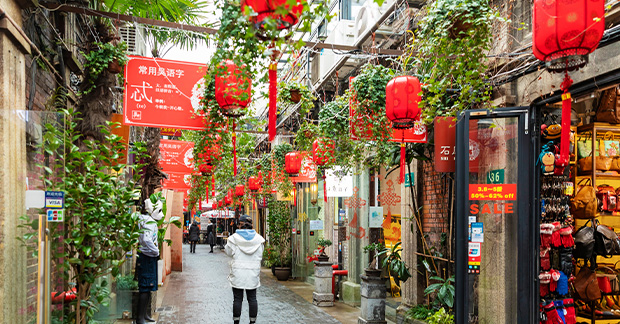
Shanghai’s French heritage
Today, the 1920s French Club makes up the preserved facade of a not-particularly-attractive 1990s hotel, the Okura Garden; the hotel does, however, offer a marvellous view from its 26th floor. There is a carpet of greenery below: Shanghai has more than 500 parks and gardens across its 2,500 square miles.
The verdant canopy is interspersed with glimpses of shikumen (small but elaborate 19th-century homes) and a veritable forest of cranes. This hasn’t changed since I was last here in 2018, due to non-stop construction work, with ever-higher apartment blocks and hotels being added to the skyline.
That, and the traffic. Thankfully there’s an efficient and easy-to-use metro system that can take clients to the city’s most interesting and beautiful parts. I get off at Yuyuan station to immerse myself in Shanghai’s Old City, formerly ringed by defensive walls and home to several imposing structures, complete with pagodas and zig-zag bridges over ornamental carp ponds – awkwardly shaped to deter evil spirits from pursuing you.
Lunch here is best taken at Nanxiang, a restaurant that specialises in xiao long bao (soup dumplings) – you can watch the chefs making them through a window into the kitchen. After gorging on several, I head to nearby Yuyuan Garden, an extensive classical Chinese garden next to the City God Temple.
Built during the Ming dynasty in around 1559, the garden is filled with arched stone bridges, moon and vase-shaped doorways and statues of ‘foo’ dogs – lion-like creatures that are meant to bring luck. I am practically the only foreigner there.
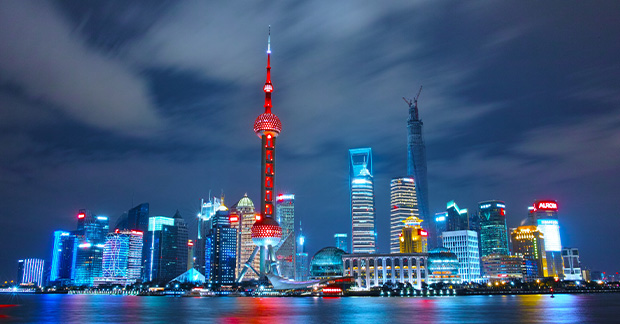
A skyline of skyscrapers–?
I spend my last morning visiting the charming ‘water village’ of Zhujiajiao, a 45-minute drive from central Shanghai, which sits on the lower Yangtze River. My enthusiastic guide, Mary Wu, says: “I found it so strange while foreign tourists weren’t coming to Shanghai, the most international city in China, so it’s exciting to have them coming back after such a long time.” She shows me around little temples on foot, then accompanies me along the waterways on a boat that’s steered by our captain using a long pole.
There’s only one way to end a day in Shanghai, and that’s on the Bund. The city’s famous promenade, which skirts the snaking Huangpu River, is lined on one side with magnificent European-style architecture from the 1900s to the 1940s, in styles that range from neoclassical to Beaux Arts.
Facing them across the water is Shanghai’s 21st-century response: a mountain range of glimmering, space-age, metallic skyscrapers, punctuated by the orb and spindle of the Oriental Pearl TV Tower, all illuminated in neon. Shanghai may be a dichotomy between old and new, as the cliché goes, but it is wholly irresistible.

Book it
Direct return flights with Virgin Atlantic from Heathrow to Shanghai start at £372 in Economy, £681 in Premium Economy and £2,262 in Upper Class.
virginatlantic.com
Rooms at The PuLi Hotel and Spa start from about $350 per night.
thepuli.com
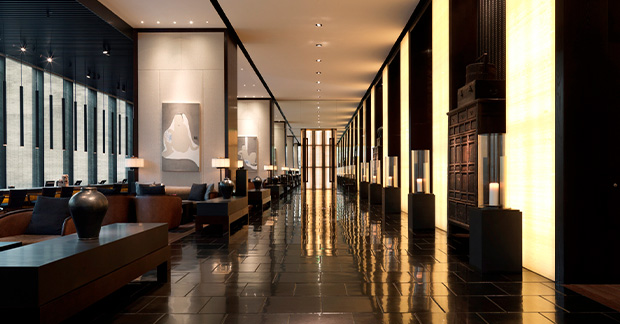
PICTURES: Shutterstock/maoyunping, Luciano Mortula, Inspired Vision Studio; Unsplash/Li Yang
Read more
x.travelweekly.co.uk/destinations/china-head-2-head-rail-vs-sail">China: Qinghai-Tibet railway vs Yangtze river
x.travelweekly.co.uk/destinations/__trashed-18">The best cruises in Asia as the region reopens
x.travelweekly.co.uk/destinations/the-best-honeymoon-destinations-around-the-world-for-lgbtq-couples">The best honeymoon destinations around the world for LGBTQ+ couples

